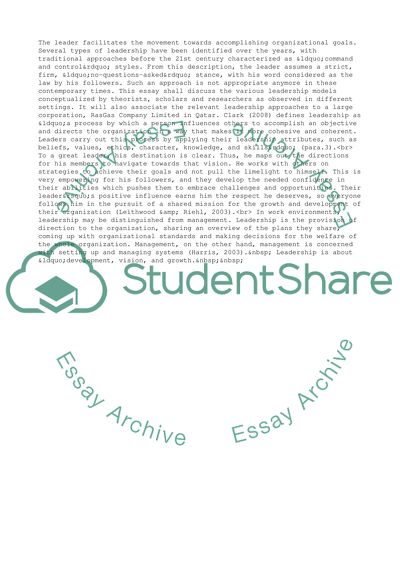Cite this document
(The Command and Control Style of Leadership in Traditional Versus Cont Case Study, n.d.)
The Command and Control Style of Leadership in Traditional Versus Cont Case Study. Retrieved from https://studentshare.org/business/1630194-leadership
The Command and Control Style of Leadership in Traditional Versus Cont Case Study. Retrieved from https://studentshare.org/business/1630194-leadership
(The Command and Control Style of Leadership in Traditional Versus Cont Case Study)
The Command and Control Style of Leadership in Traditional Versus Cont Case Study. https://studentshare.org/business/1630194-leadership.
The Command and Control Style of Leadership in Traditional Versus Cont Case Study. https://studentshare.org/business/1630194-leadership.
“The Command and Control Style of Leadership in Traditional Versus Cont Case Study”, n.d. https://studentshare.org/business/1630194-leadership.


